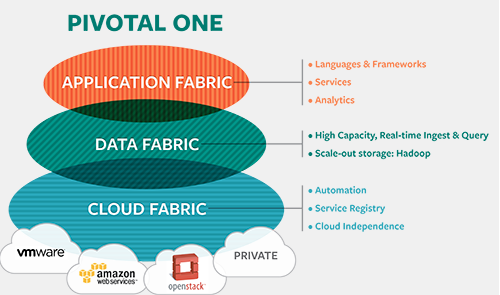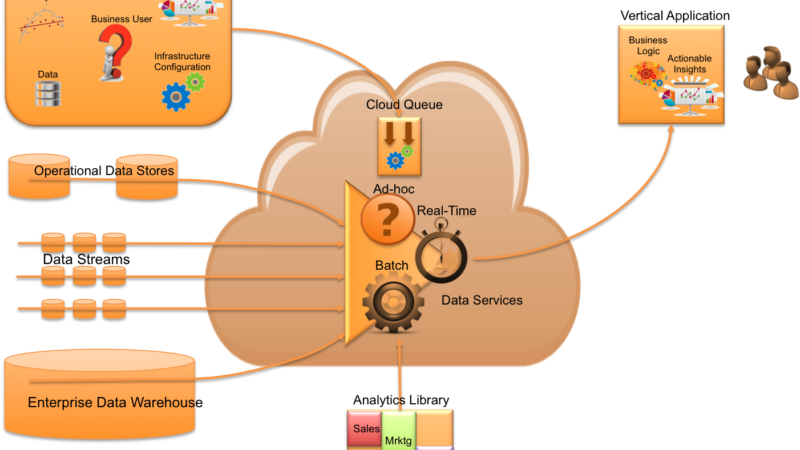Infrastructure or End-User Web Applications? Where In Cloud To Go?
I was re-reading Appirio‘s Top 10 Cloud Computing Predictions for 2009 today and thinking to myself, “If I were to start a new venture capital backed startup in the Cloud Computing space, would I focus on core infrastructure or on end-user web applications?” Here’s what got me thinking:
“The rise and fall of the private cloud – While private clouds will continue to generate a significant amount of hype, customers in most cases will realize they are little more than a better data center implementation. They will be valuable for customers who have significant transaction volumes and stringent regulatory or security requirements, but will have little ROI for the average IT organization. In the end, private clouds will create more value for service providers than for customers.”
When I think of private cloud, I think of hard-core cloud provisioning (e.g. Eucalyptus), or Cloud OS (e.g. VMWare) solutions – both what I’d refer to as “infrastructure”. Well, hindsight is great with VMWare. No one would argue that the business is booming with a market capitalization of over $15B….and Eucalyptus is a Benchmark and Battery Ventures backed startup – not shabby VCs. Eucalyptus was born out of a weather forecasting project in November, 2007 within UCSB (my Alma mater). Barrier to entry? High (good for VCs). So, infrastructure may not be looking so bad.
That being said, I have to admit that, in general, it’s better to be closer to the end-user (preferably someone in the executive office) when selling into an enterprise. This would mean that one might make a case for building sexy Web 2.0 dashboards (e.g. E2.0), providing CxOs more control and visibility. In my 20 years marketing and selling into large enterprise, the sexy tools always seemed to get the most attention first. In the cloud space this might equate to building cloud configuration, management, and reporting applications that are web-based (e.g. Rightscale).
Barrier to entry? Hard to say. Could a couple of engineers take open source projects like Bitnami and create a better, maybe more robust Rightscale competitor in the evenings and weekends? Maybe. It’s hard to know exactly how much time elapsed between initial conception to first product release at Rightscale….the website domain was first acquired in Febuary, 2007 and then the first product released via their blog in April, 2007. You can only guess that Thorsten von Eicken, Founder and CTO, conceived the project in January, 2006 based on his own career timelines….so 13 mths to launch….maybe less – Thorsten didn’t leave Citrix until April, 2006 and the other founders, Rafael H. Saavedra and Michael Crandell, didn’t formally join the efforts until May, 2007 and Jun, 2007 respectively (a year later). I think it’s safe to say that the level of complexity for this application wasn’t the magic, but more the vision of the founders.

Maybe you take it up a level…and instead of building or managing private, public, and virtual private clouds, you facilitate the deployment of SaaS cloud services like Google Apps, Salesforce, etc within the enterprise (e.g. Appirio)? Barrier to entry? Again, hard to say. Narinder Singh founded Appirio sometime in August of 2006, and launched a consulting practice in November, 2006. It’s taken only 3 years to develop it’s current cloud product and service business.
So at what level of the spectrum do you enter? Cloud OS or SaaS-enabling web applications? Ok, there’s much more to take into account in order to properly answer this question (e.g. customer needs, market opportnity, complete competitive landscape, time-to-market, amount of capital needed, etc.). That being said, lets all agree that you don’t want to be caught somewhere in the middle.



